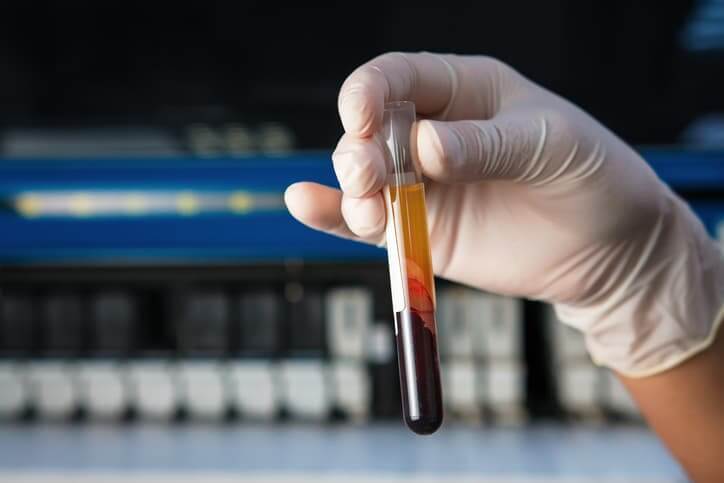Two newer blood thinners face numerous lawsuits and mass torts due to undisclosed internal bleeding risks. Eliquis and Xarelto are new anticoagulants without the same serious side effects as longstanding favorite, Warfarin. Unfortunately, the newer blood thinners aren’t safer at all—in fact, they might be worse. It raises a serious question about anticoagulants as a whole: Will they ever be safe to use without constant doctor supervision?
New Drugs on the Block: Eliquis and Xarelto
Eliquis was developed by Pfizer and Bristol-Myers Squib and approved by the FDA as a direct thrombin inhibitor. It’s the newest anticoagulant among the bunch, but chemically structured much like its older sibling, Xarelto. Both blood thinners rely on the active ingredient rivaroxaban. Eliquis, developed by Bayer and Johnson & Johnson, hopes to snag yet another share of the blood thinner market.
Anticoagulants keep your platelets from clotting together. Blood clots can cause pulmonary embolism, deep vein thrombosis as well as other serious complications. Many people suffering from these issues take blood thinners to prevent any recurrence.
Blood Clotting: The Good, the Bad and the Unexpected
The active ingredient in both newer blood thinners is apixaban. Apixaban blocks certain clotting proteins within the blood. While this is an important part of preventing potentially lethal blood clots, blood clotting is a necessary bodily function meant to prevent internal bleeding and extensive blood loss from a wound.
The problem with Eliquis and Xarelto arises when they’re paired with painkillers or anti-inflammatory drugs like Advil and Aleve. The combination can double a patient’s serious bleeding risks. Often, internal bleeding begins without any visible injuries.
Conditions to watch out for while taking blood thinners include:
- Kidney bleeding
- Extensive bruising
- Trouble bleeding or swallowing
- Unexplained shock
- Unexplained pain
- Heavier than usual menstrual periods
- Brain hemorrhage
- Deep vein thrombosis
- Coughing up blood
- Bleeding on the brain
- Bloody stools
- Vomiting up blood
- Serious nose bleeds
- Gastrointestinal bleeding
- Any additional unexpected internal or external bleeding
If you’re currently taking blood thinners, stay away from non-steroidal anti-inflammatory drugs. This includes painkillers such as Aleve, Advil, Excedrin and Motrin. Combining the two could significantly increase your side effect risks.
New Wave Blood Thinners: The World After Warfarin
Both drugs recently replaced warfarin as the blood thinners of choice. While they require less doctor supervision, Eliquis and Xarelto share one significant side effect not found with warfarin: potentially lethal bleeding that doctors cannot reverse.
Warfarin’s anticoagulant effects are easily reversed through Vitamin K administration. However, no antidote currently exists to stop internal bleeding with either Eliquis or Xarelto. In other words, once a bleeding episode begins, your doctor cannot stop it. As a result, thousands of people have filed product liability lawsuits. Many people are unaware of the serious risks from Eliquis as well as Xarelto. For this reason, many individual cases were eventually consolidated into mass torts.
A similar anticoagulant called Pradaxa recently paid $650 million to settle several internal bleeding lawsuits. After hundreds of injuries and fatalities, doctors demand more rigorous post-prescription monitoring. Physicians say patients don’t understand the risks of these newer blood thinners as well as their approved drug interactions. In most instances, injuries are a result of inadequate warning about improper use of the drug.
Speak with an Attorney
Have you or someone you know suffered internal bleeding while taking Eliquis or Xarelto? Speak with an attorney who is familiar with blood thinner lawsuits. Thousands of others experienced similar issues, and you might be eligible to file a Xarelto claim. Start your free case review today and an attorney will contact you to discuss your case.
Related: Find Your State’s Deadline to File an Injury Claim
